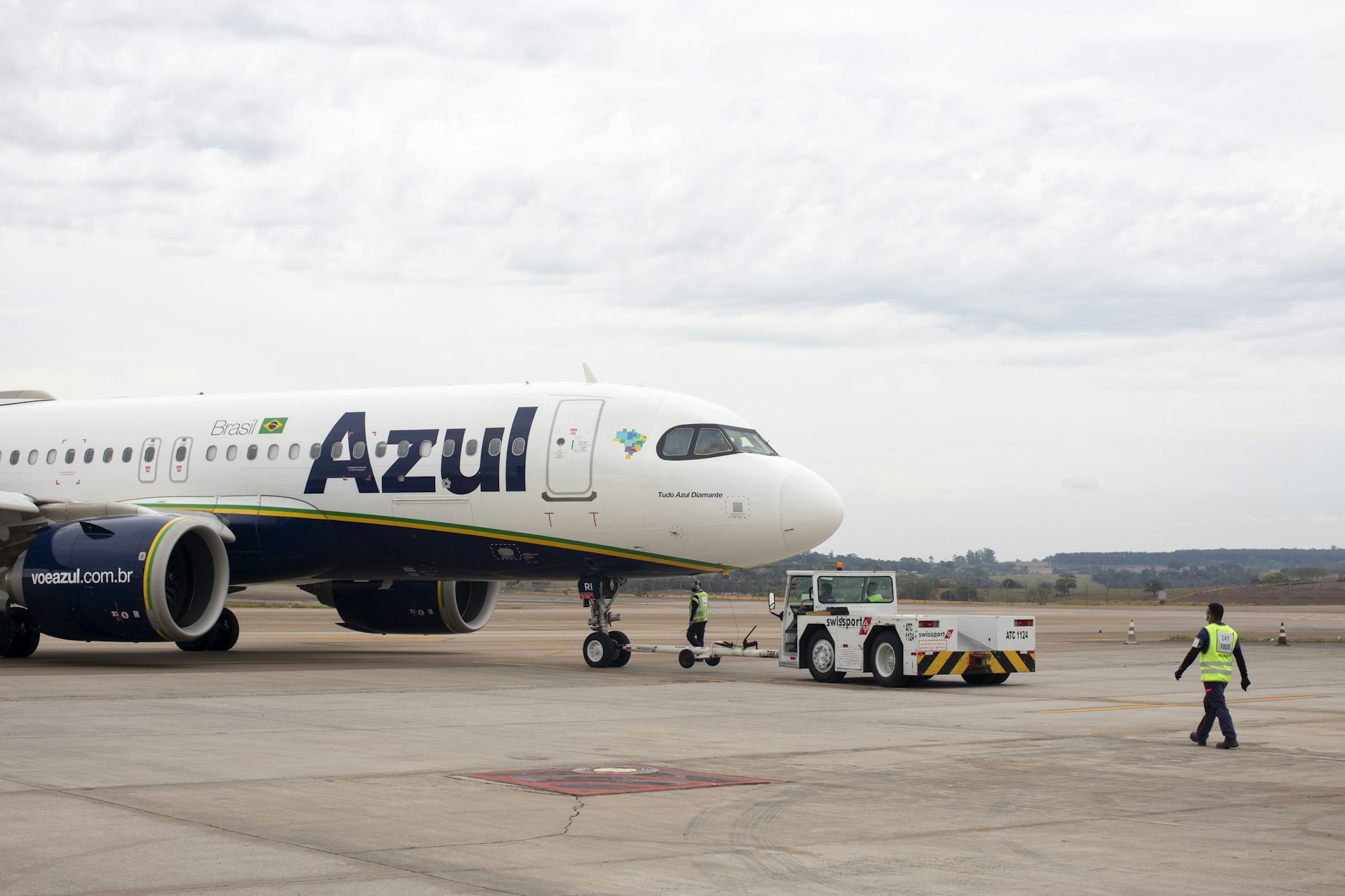Navigating the Skies: The Evolution of Air Travel and Airport Infrastructure
This article explores the history, development, and current state of air travel and airport infrastructure, highlighting their impact on global connectivity.
The history of air travel dates back to the early 20th century, when the first commercial flights began in the 1910s. Initially, these flights were primarily used for mail transport and only a handful of passengers. However, as technology advanced and aircraft became more reliable, the demand for passenger air travel grew. The introduction of the Douglas DC-3 in the 1930s marked a turning point, as it provided a comfortable and efficient means of transportation, paving the way for the commercial airline industry we know today.
With the rise of air travel, airports began to evolve as well. Early airports were simple landing strips with minimal facilities. However, as passenger numbers increased, the need for more sophisticated infrastructure became evident. The post-World War II era saw a significant boom in air travel, leading to the construction of larger airports equipped with modern amenities. This period marked the transition from small, regional airports to major international hubs that could accommodate thousands of passengers daily.
In the 1960s and 1970s, airports began to adopt a more passenger-centric approach, incorporating shopping, dining, and entertainment options to enhance the travel experience. This shift was driven by the growing competition among airlines and the need to attract more travelers. Airports like New York's JFK and London Heathrow became not just transit points, but destinations in their own right, offering travelers a range of services to enjoy during layovers.
The advent of technology has played a crucial role in shaping modern air travel. The introduction of automated check-in systems, security measures, and baggage handling has streamlined airport operations, making the travel experience more efficient. Innovations such as online booking platforms and mobile apps have also empowered travelers, allowing them to manage their journeys with ease. Additionally, the rise of low-cost carriers has democratized air travel, making it more accessible to a broader audience.
As air travel continues to evolve, so too do the challenges facing airport infrastructure. Environmental concerns have become increasingly prominent, prompting airports to explore sustainable practices. Many airports are now implementing green initiatives, such as solar power installations, waste reduction programs, and improved public transportation links. For example, San Francisco International Airport has made significant strides in reducing its carbon footprint, showcasing how airports can lead the way in environmental responsibility.
In recent years, the COVID-19 pandemic brought unprecedented challenges to the aviation industry, prompting airports to rethink their operations and safety protocols. Enhanced cleaning measures, social distancing guidelines, and health screenings became standard practices as airports adapted to the new normal. This period of reflection has also led to an increased focus on enhancing passenger experience through technology, such as contactless services and improved digital infrastructure.
Looking ahead, the future of air travel is poised for further innovation. The development of urban air mobility and electric aircraft is on the horizon, promising to reshape how we view transportation in cities. As urban populations grow and congestion becomes a pressing issue, the idea of vertical takeoff and landing (VTOL) aircraft presents exciting possibilities for urban commuting.
Moreover, advancements in airport design and construction are set to redefine the travel experience. The concept of smart airports, equipped with advanced technology to enhance efficiency and passenger experience, is gaining traction. Features such as biometric screening, artificial intelligence for crowd management, and seamless integration of various transport modes will become increasingly common, making air travel more convenient and enjoyable.
In conclusion, the evolution of air travel and airport infrastructure is a testament to human ingenuity and adaptability. From the early days of aviation to the modern, technology-driven experience we enjoy today, airports have played a crucial role in connecting people and cultures across the globe. As we look to the future, it is clear that airports will continue to evolve, meeting the challenges and demands of an ever-changing world while providing travelers with a seamless journey from departure to arrival.